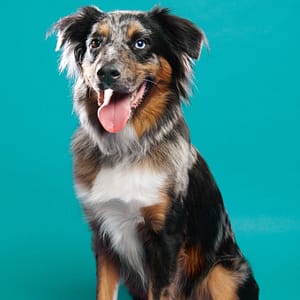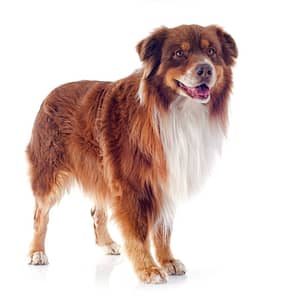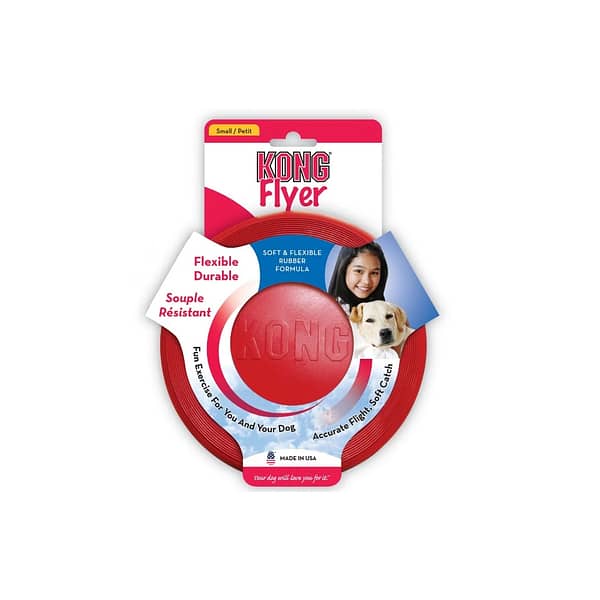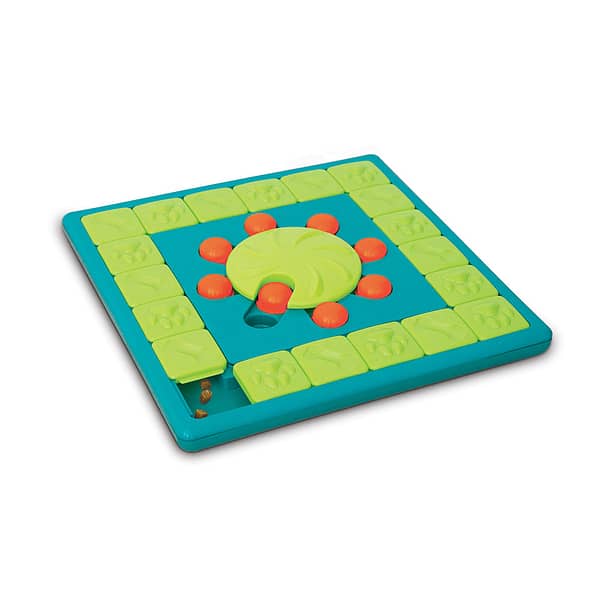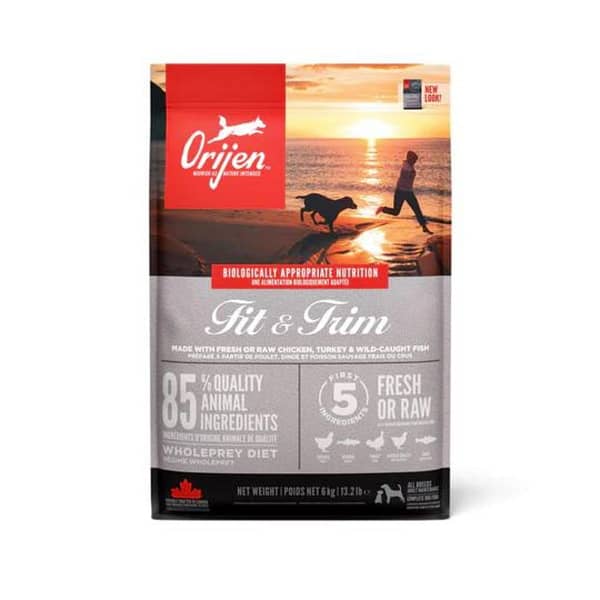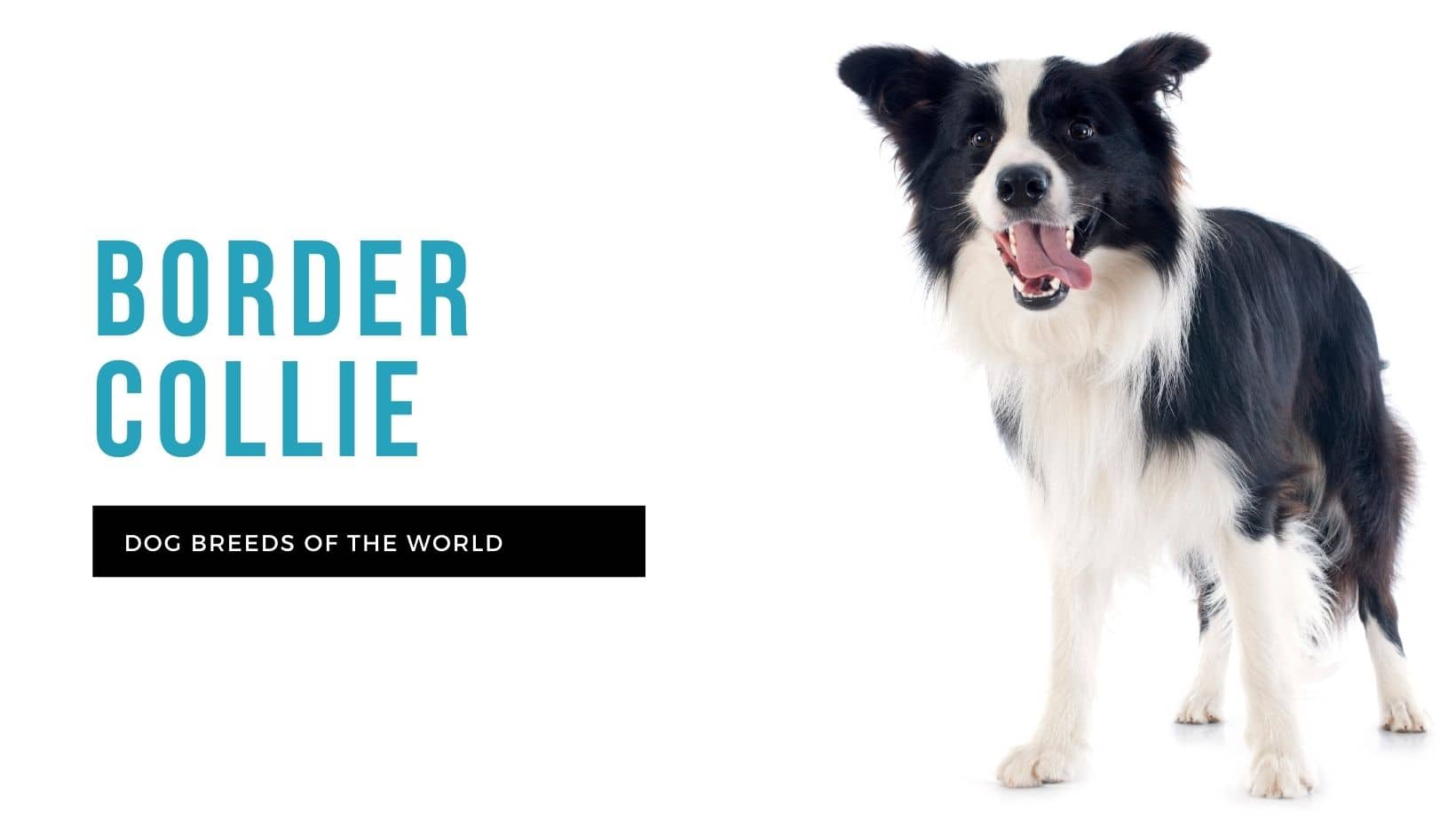While the Australian shepherd does not actually come from Australia, this terrific herding breed won’t let an identity crisis slow him down! Developed and lauded in California for his skills on ranches and in the rodeo ring, the ‘Aussie’ is a keen herder who lives to work. If he’s not herding sheep or cattle, he’s herding children, toys, other pets – anything just to keep working.
The Australian shepherd is a sturdy breed with an always-on-the-go mentality – a breed that must be understood and worked to his full potential, either with a herd of livestock or on the agility circuit. This is not a breed for a child, a remote worker or a couch potato. An avid hiker, farmer or outdoorsperson will probably only just be able to keep up with the Aussie!
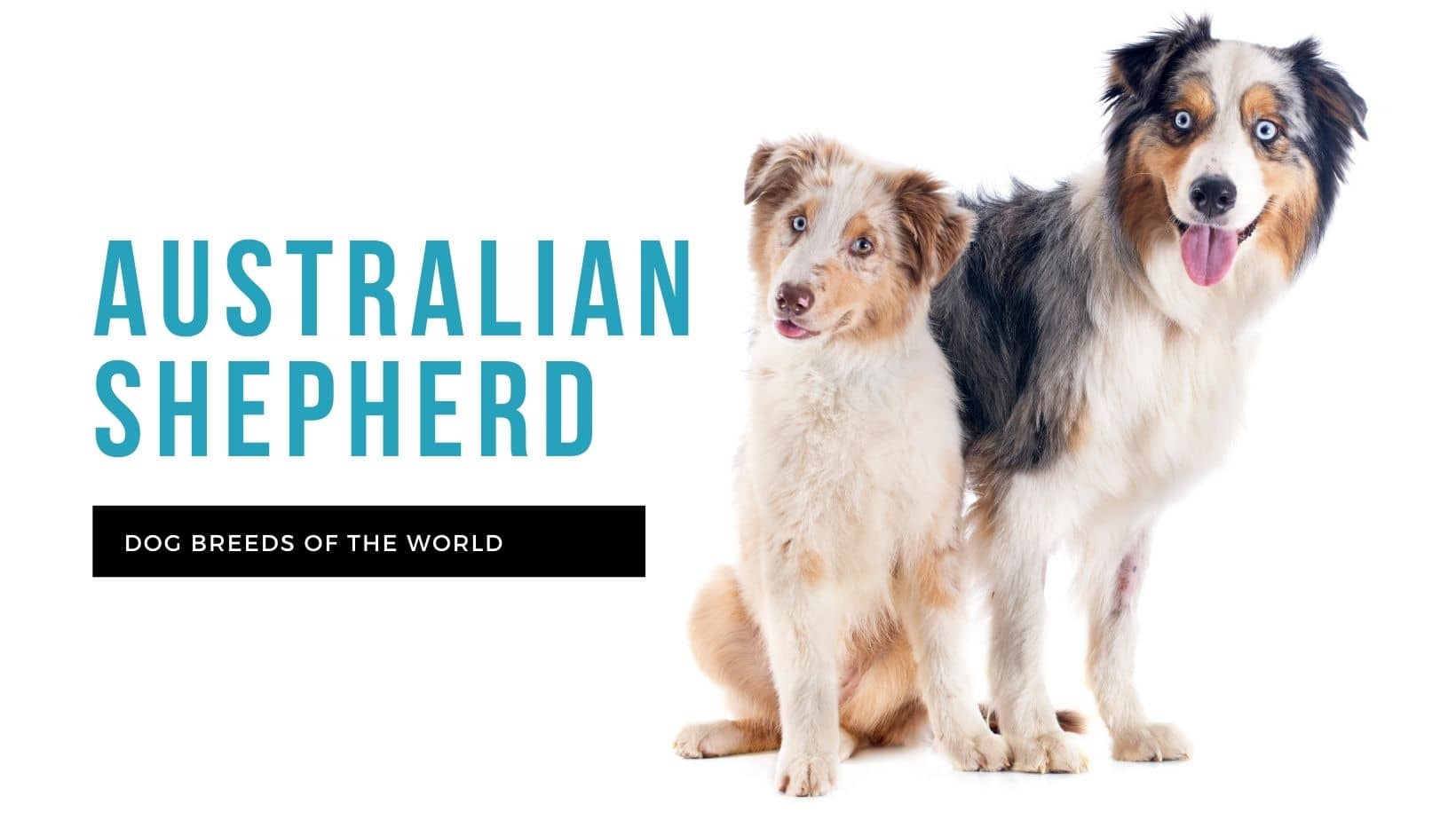
Australian shepherd
History
The history of the Australian shepherd breed goes as far back as the 1500s when dogs from Europe were imported to America to herd the sheep that were raised as food for the early Conquistador missions. These early breeds may have included the mottled Carea Leonés breed from the French and Spanish mountains, as it is speculated that’s where the merle Australian shepherds get their colouring from.
Another part of the Aussie’s history speculates that the Basque people – with their Pyrenean shepherd dogs – travelled to Australia to farm sheep on the newly colonised continent. The Basques bred their sheepdogs with English dogs like collies and border collies, and when they left Australia for California, their shepherd dogs went with them.
This is where the Australian shepherd dog got his name from: when the Basque flocks arrived in the United States along with the herding dogs to tend them, the Californian ranchers assumed the dogs were an Australian breed. It was this time in California that the variety of herding dogs from Australia were developed into a unified breed and better suited to the ranching work required of them. Their popularity is thanks in part to their stardom in the rodeo ring, but the Aussie has also gone on to work as a service dog, therapy dog and search-and-rescue hero.
The Australian shepherd was admitted to the American Kennel Club (AKC) in 1993 and arrived on South African shores in early 1998.
Temperament
The Australian shepherd is incredibly intelligent, focused, resilient and totally work-oriented. He possesses the ‘hard eye’ of the border collie, which make any sheep under his watch completely obedient. This ‘pushiness’ with his flock is bred into his genes, so if he is not obedience trained from a young age, he will become pushy with his family too!
This is a working breed through-and-through, so without a job, his temperament may turn to one of anxiety and restlessness, resulting in boredom and destruction.
Health
Australian shepherds are healthy, hardy dogs, but there are certain conditions that still plague the breed.
-
- Hip and elbow dysplasia – This occurs when joints do not fit snugly into their sockets (hip dysplasia) or the bones of the elbow do not grow at the same rate (elbow dysplasia), causing pain and lameness. This is a hereditary condition that can be treated with surgery and/or pain medication. Dogs with these conditions should not be bred.
- Epilepsy – This seizure-causing condition can be managed with medication and diet, and is not a death-sentence for the dog. However, dogs with symptoms of epilepsy should not be bred.
- Eye problems – These are quite common in Aussies and can include: progressive retinal atrophy (PRA), cataracts, distichiasis, collie eye anomaly (CEA), persistent pupillary membranes (PPM), and detached retina.
- Nasal solar dermatitis – When dogs with no pigment in their noses are exposed to the sun all day, they can develop lesions on the nose and eyelids. They need sunscreen and sometimes owners even tattoo their dogs’ noses black to mimic natural pigment and protect them from the sun.
- Cancer
- Allergies
- Hypothyroidism – The thyroid gland does not produce enough thyroid hormone, resulting in mental and physical fatigue, dry skin and fur, weight gain and other symptoms like infertility. The condition can be managed with daily medication and the dog can go on to live a full life.
- Deafness – When merle Australian shepherds are bred, the presence of two copies of the merle gene increases the risk of the puppies being born deaf and/or blind.
Exercise Requirements
This highly intelligent dog that was bred to be on his feet all day has an incredibly high level of energy. A simple run and some playing in the backyard just won’t cut it for his exercise needs – he needs a very large yard or ideally a farm where he can be given a job to do day in and day out. Despite his propensity for work, the Aussie does bond very closely with his owner, so if you are a hiker or outdoorsperson, he will love accompanying you on various types of terrain. He would also make a keen running buddy once he reaches adulthood.
For owners who don’t have farms with flocks of sheep or herds of cattle to tend to, the Aussie can also be trained as a keen agility champion, as the course training stimulates his need to work and his endless energy.
The Australian shepherd is not ideal as a typical pet dog. As a working breed, he needs firm yet positive training and very early obedience training to direct his strong mind and intelligent brain. To ensure that he has exposure to a range of different people and animals, early puppy socialisation is a must. But even if he ends up as a well-rounded pup with good animal manners, this does not guarantee that he won’t try to herd any other four- or two-legged friends!
Grooming Requirements
The Australian shepherd has a thick double coat that is also waterproof, to protect him from the outdoor elements. He sheds persistently throughout the year, but will blow his coat twice a year. To manage the loose, dead hair, an undercoat rake and a pin brush can be used to comb the Aussie a few times a week. He will need a bath when he gets particularly dirty, which can be quite regularly considering how much the Aussie likes to play outdoors, especially in the dirt.
To keep his oral hygiene up to scratch, brush his teeth every day or every second day. His nails will need to be neatly trimmed once or twice a month, depending on how much they wear down naturally.
Ratings
Statistics
| Size | Medium |
|---|---|
| Type | Herding Group |
| Average adult weight | 25 kg |
| Average adult height | 53 cm |
| Average life span | 13 years |
| Breed family | |
| Area of origin | USA |


